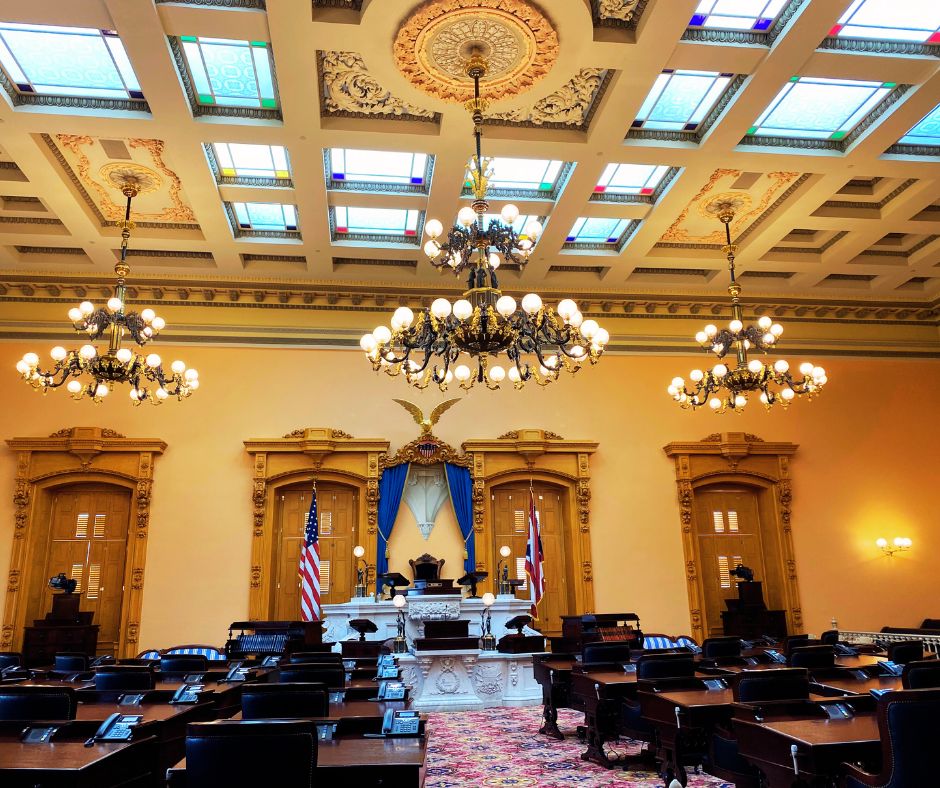-
HB 6 coal plant charges mount up again in Ohio
This article is provided by Eye on Ohio, the nonprofit, nonpartisan Ohio Center for Journalism, in partnership with the nonprofit Energy News Network. Please join the free mailing lists for Eye on Ohio or the Energy News Network, as this helps provide more public service reporting. Regulators have yet to rule on the reasonableness and…
-
What can Ohio regulators do to prevent future utility corruption scandals?
More transparency, greater accountability and use of enforcement authority could help prevent corruption and protect ratepayers, advocates say. This article is provided by Eye on Ohio, the nonprofit, nonpartisan Ohio Center for Journalism, in partnership with the nonprofit Energy News Network. Please join the free mailing lists for Eye on Ohio or the Energy News…
-
What the guilty verdicts in the HB 6 corruption case mean for energy policy and good government in Ohio
Experts see the case against former Ohio House Speaker Larry Householder and lobbyist Matt Borges as a test of limits on dark money in Ohio politics. By Kathiann M. Kowalski This article is provided by Eye on Ohio, the nonprofit, nonpartisan Ohio Center for Journalism, in partnership with the nonprofit Energy News Network. Please join…
-
Householder trial: New evidence shows depth of long-suspected scheme
By Kathiann M. Kowalski This article is provided by Eye on Ohio, the nonprofit, nonpartisan Ohio Center for Journalism, in partnership with the nonprofit Energy News Network. Please join the free mailing lists for Eye on Ohio or the Energy News Network, as this helps provide more public service reporting. Ohio’s largest corruption case continues…
-
Why attention to detail matters in the government’s HB 6 corruption trial
Opening argument last month gave a bird’s eye view of what the prosecution plans to show in its criminal case. Now the government is laying out the hundreds of puzzle pieces from which they hope jurors will see the big picture. By Kathiann M. Kowalski This article is provided by Eye on Ohio, the nonprofit,…
-
As Ohio regulators sit on coal plant subsidy cases, costs could rack up for ratepayers
Ratepayers are getting tiny credits right now, but House Bill 6’s coal plant bailouts have huge net costs. And millions of dollars of those costs were improper, critics argue. This story is a joint project of the nonprofit Energy News Network and Eye on Ohio, the nonprofit, nonpartisan Ohio Center for Journalism. Please join the…
-
Six key energy questions that winners of Ohio’s high court races will decide
Several energy and utility questions are likely to come before the Ohio Supreme Court in the next two years, including cases involving coal plant subsidies, HB 6 corruption, and renewable energy project siting. This story is a joint project of the nonprofit Energy News Network and Eye on Ohio, the nonprofit, nonpartisan Ohio Center for…
-
Special counsel hired to help PUCO with document requests has multiple ties to HB 6 push
Links include an HB 6 co-sponsor, a lobbyist for FirstEnergy’s former subsidiary, and a former partner who served as an officer for Generation Now This article is provided by Eye on Ohio, the nonprofit, nonpartisan Ohio Center for Journalism, in partnership with the nonprofit Energy News Network. Please join the free mailing lists for Eye…
-
Giving back? Charities laud Columbia Gas in $212 million rate hike case
Charity groups often depend on utilities for funds to do good works, but rate hikes by those utilities can impose more stress on low-income people the nonprofit groups serve. This article is provided by Eye on Ohio, the nonprofit, nonpartisan Ohio Center for Journalism, in partnership with the nonprofit Energy News Network. Please join the…
-
Former PUCO chair texted he knew FirstEnergy charge was likely unlawful, but company would keep money anyway
Texts about the $456 million charge may further undermine public confidence in the PUCO. This article is provided by Eye on Ohio, the nonprofit, nonpartisan Ohio Center for Journalism in partnership with the nonprofit Energy News Network. Please join the free mailing lists for Eye on Ohio or the Energy News Network, as this helps…










